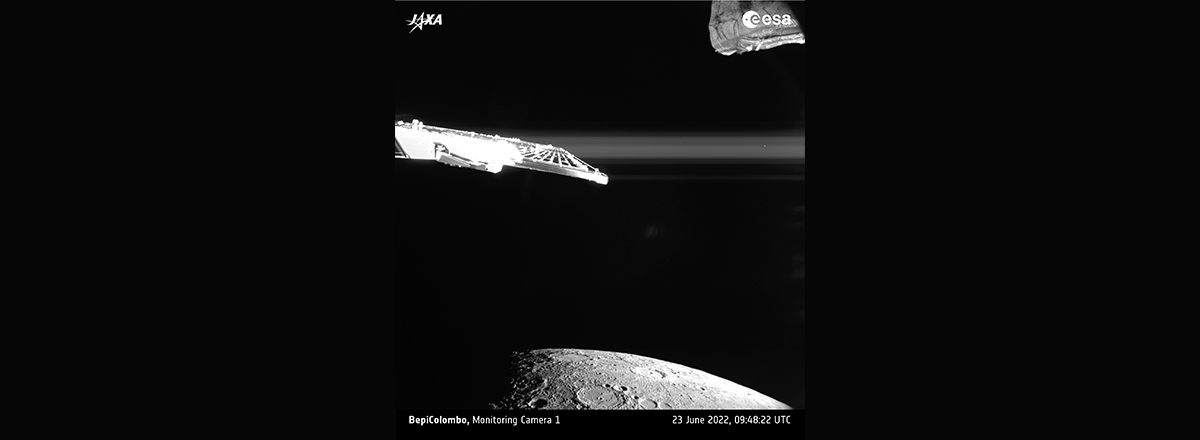BepiColombo Makes Its Second Mercury Flyby
During this flyby, BepiColombo approached the planet from the night side. The next Mercury flyby of BepiColombo is scheduled to take place about one year from now.

On June 23, the joint ESA/JAXA BepiColombo mission approached Mercury for the second time at a distance of about 200 km above the planet's surface, capturing new close-up images and gathering scientific data from a number of instruments.
The probe uses the planet's gravity to slow itself down and adjust its trajectory. In the future, this will allow it to enter a permanent orbit around Mercury in 2025.
The BepiColombo spacecraft was launched in 2018. It consists of two orbiters – ESA's Mercury Planetary Orbiter and JAXA's Mercury Magnetospheric Orbiter. After entering orbit around Mercury, they will separate and begin to study all aspects of Mercury, from its core and surface processes to its exosphere and magnetic field. This will help study its chemical composition and origin.
During this flyby, BepiColombo approached the planet from the night side, meaning that imaging could only start 4 minutes after the closest approach.
On the night of October 2, BepiColombo approached the planet at a distance of 199 km and collected data using its sensors. Ten minutes after the flyby, the spacecraft took a series of images from a distance of one to two and a half thousand kilometers from Mercury. They show part of the planet's northern hemisphere, including famous Calvino and Lermontov craters.
The next Mercury flyby of BepiColombo is scheduled to take place about one year from now.

